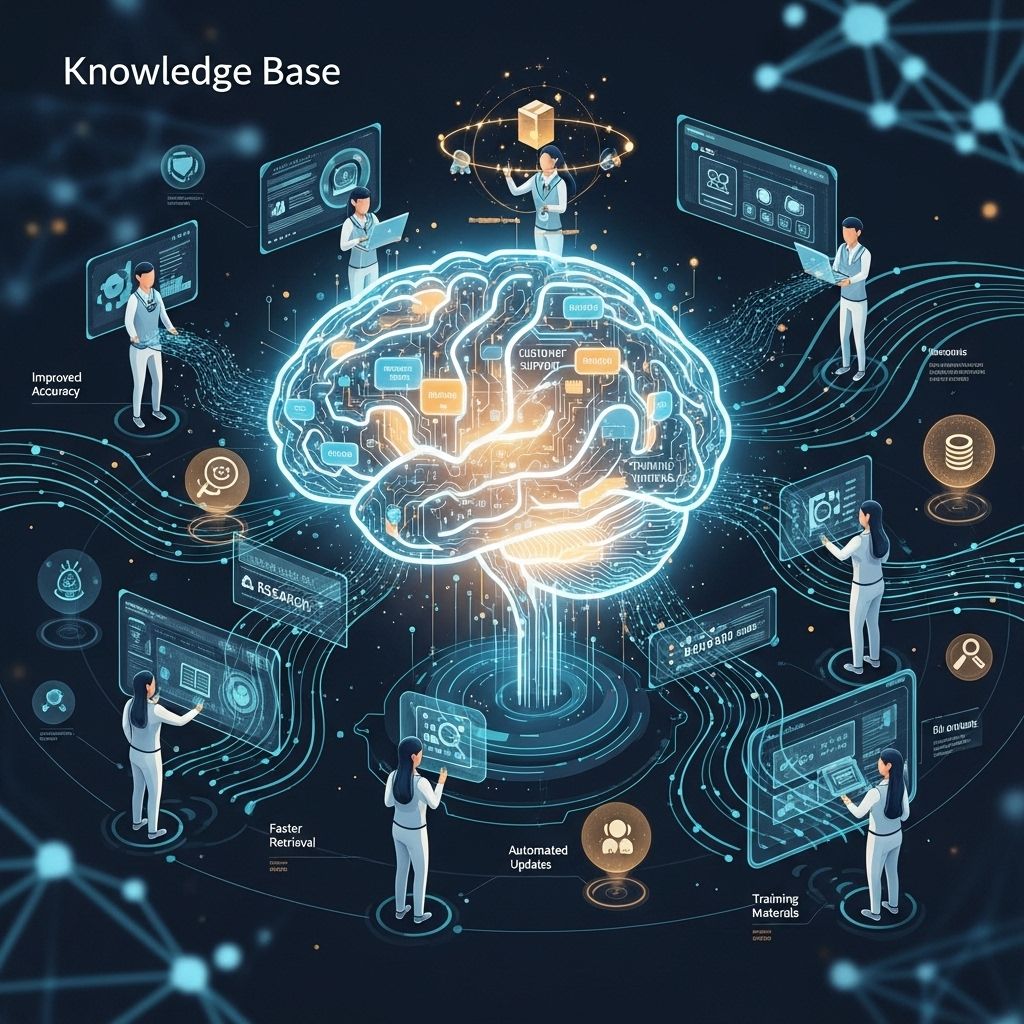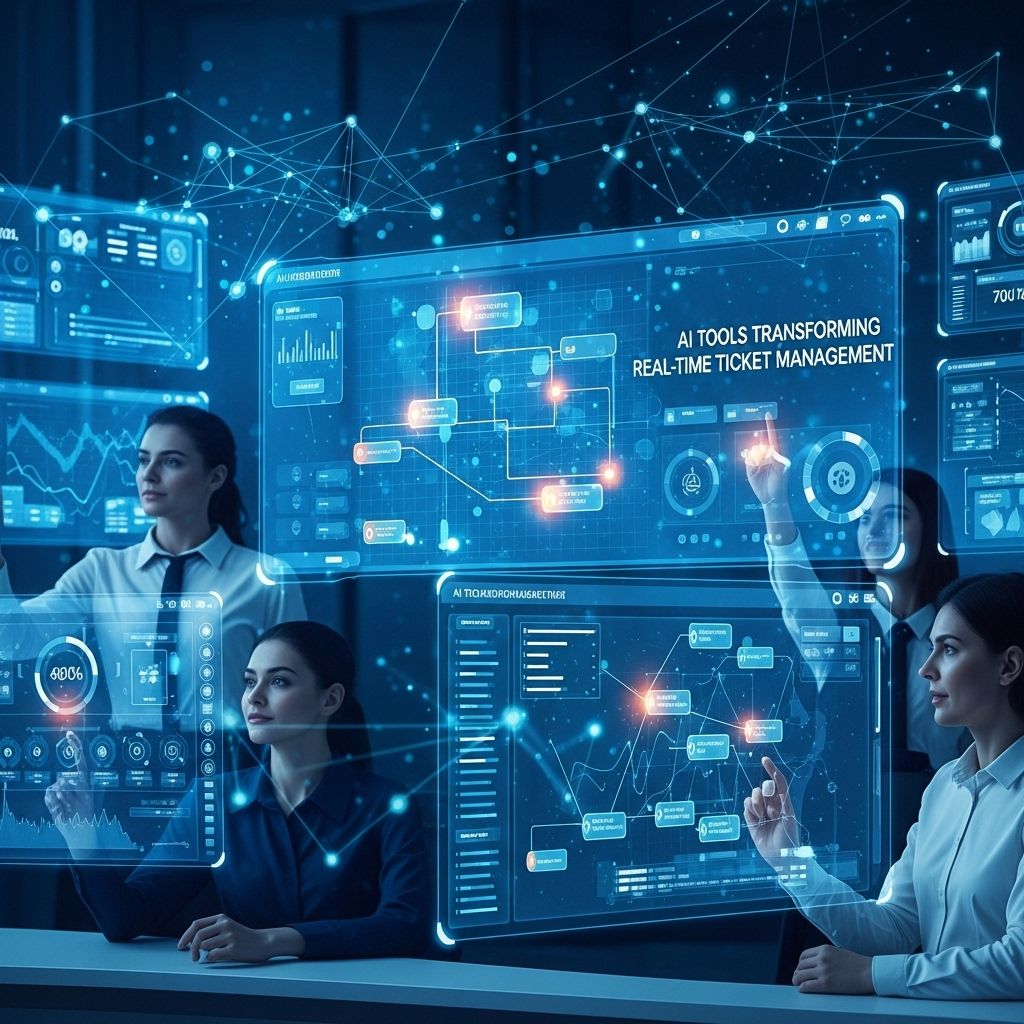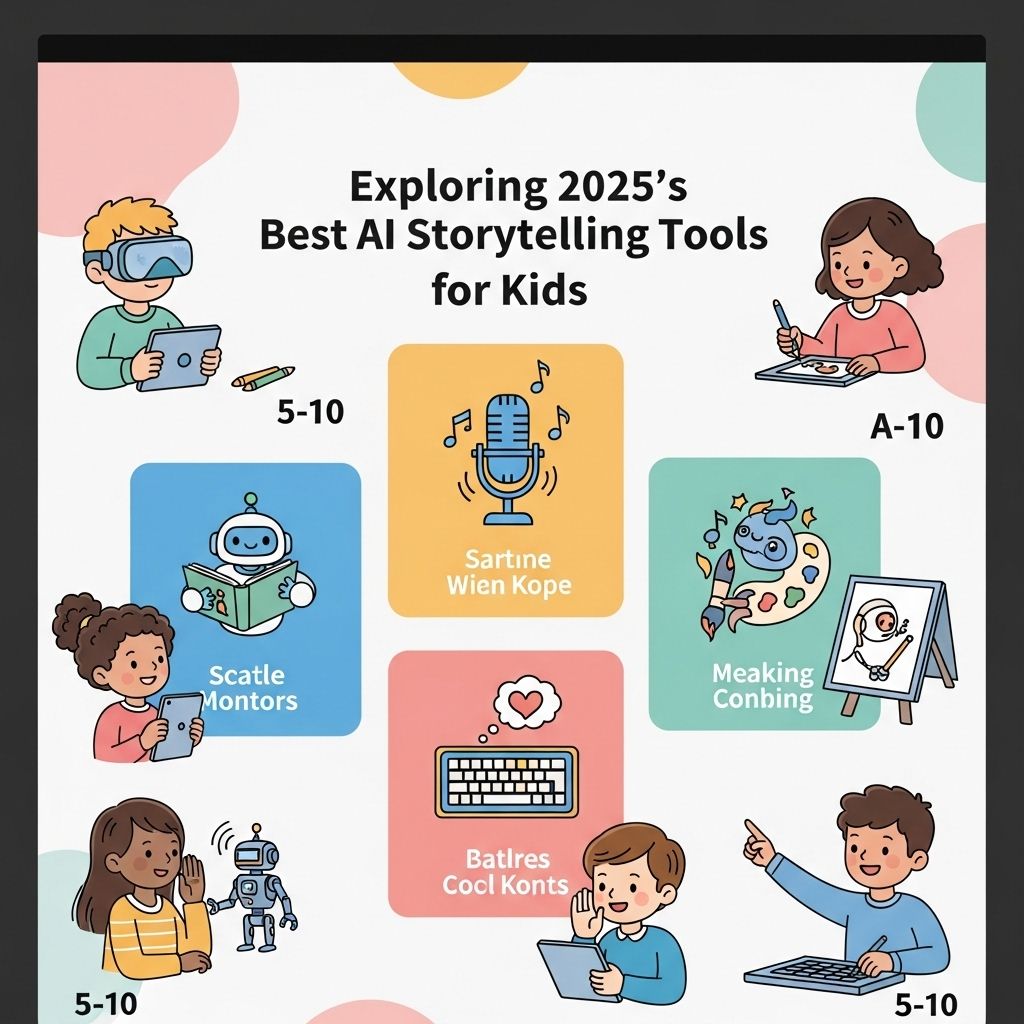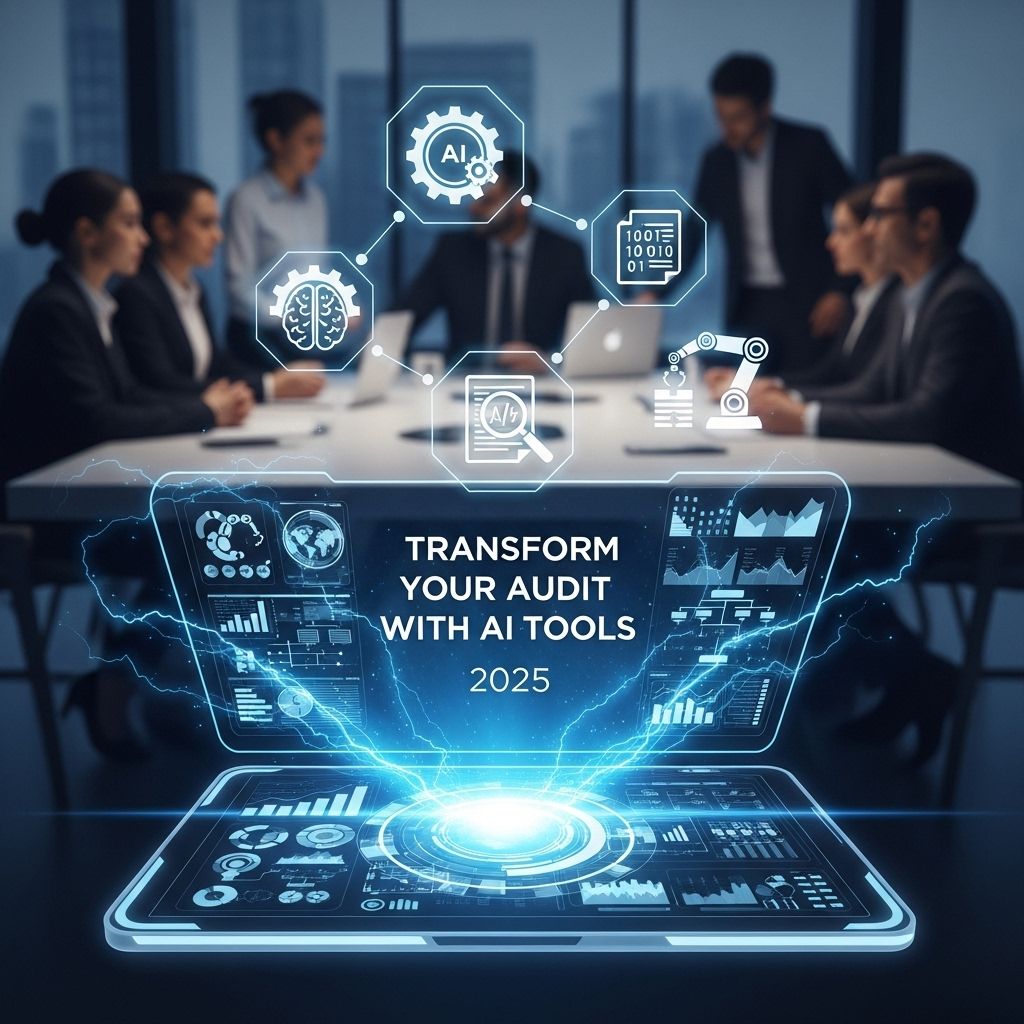Why 2025 is Crucial for Upgrading Legacy Applications
Discover why 2025 is a pivotal year for upgrading legacy applications and how it can impact your business's future success.
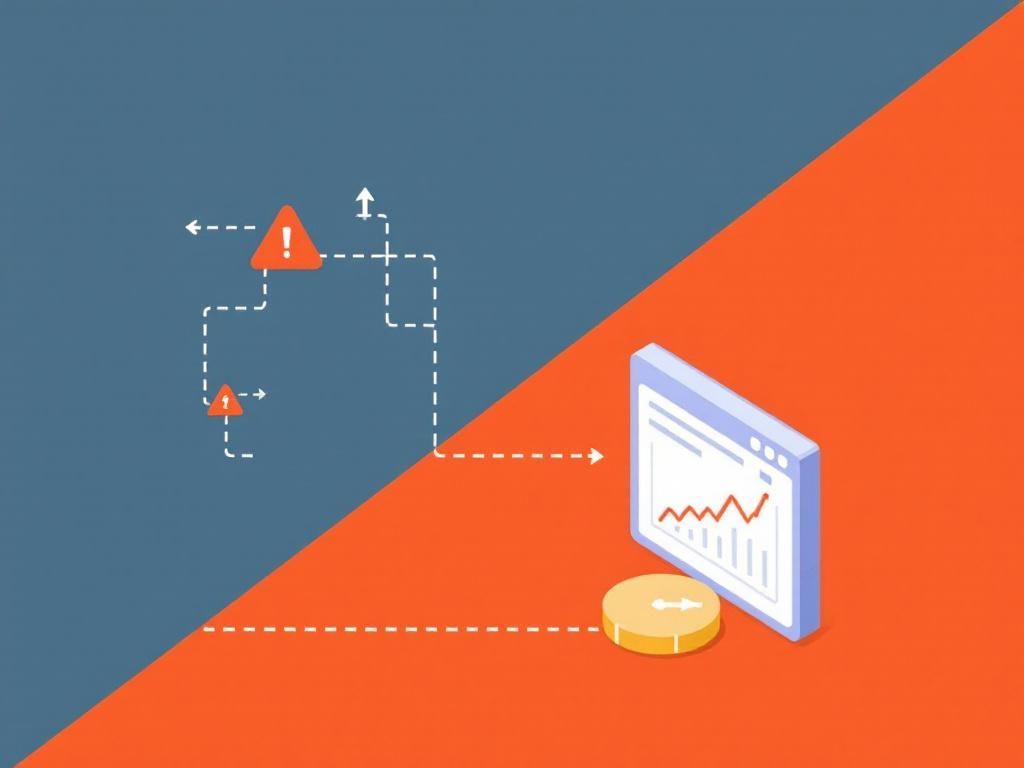
As technology continues to evolve at an unprecedented pace, organizations are increasingly faced with the challenge of modernizing their legacy systems. With 2025 on the horizon, it has become critical for businesses to assess their existing applications and consider upgrades. This article delves into the reasons why the year 2025 is pivotal for legacy application upgrades, exploring the technological, financial, and operational implications.
Table of Contents
The Imperative of Modernization
Legacy applications often rely on outdated technologies that cannot keep up with the demands of today’s digital landscape. Modernizing these systems is no longer optional; it’s a necessity. Key drivers include:
- Increased Efficiency: Upgrading legacy systems can lead to streamlined processes, reducing bottlenecks and increasing productivity.
- Enhanced Security: Older systems are often more vulnerable to security threats. Upgrading ensures that organizations can leverage modern security protocols.
- Improved User Experience: Modern applications often provide a better interface and user experience, leading to higher employee satisfaction.
Technological Advancements by 2025
Several technologies are predicted to gain mainstream adoption by 2025, making it a critical year for upgrades:
Artificial Intelligence and Machine Learning
AI and machine learning are set to revolutionize how businesses operate. Incorporating these technologies into applications can:
- Automate routine tasks, freeing up human resources for more strategic activities.
- Provide data-driven insights that enhance decision-making processes.
Cloud Computing
Many legacy applications were designed for on-premises environments, which limits scalability and flexibility. The transition to cloud-based solutions can:
- Reduce infrastructure costs.
- Enhance collaboration across geographically dispersed teams.
Financial Considerations
Investing in legacy application upgrades may seem daunting, but the long-term savings can outweigh the initial costs. Key financial aspects include:
Total Cost of Ownership (TCO)
Organizations often underestimate the TCO of maintaining legacy systems, including:
| Cost Component | Legacy System | Upgraded System |
|---|---|---|
| Maintenance Costs | High | Lower |
| Operational Costs | High | Reduced |
| Security Costs | High | Lower |
Return on Investment (ROI)
Upgrading to modern applications can provide substantial ROI through:
- Increased productivity and efficiency.
- Enhanced revenue through improved customer experience.
Regulatory Compliance and Risk Management
As regulations around data privacy and security become more stringent, legacy systems may not meet compliance requirements. By 2025, organizations can expect:
- Stricter Regulations: Many industries are already seeing new data protection laws. Upgrading can help organizations stay compliant.
- Risk Mitigation: Modern systems are often designed with compliance in mind, reducing the risk of penalties.
Strategic Alignment with Business Goals
As organizations set their long-term business strategies, aligning technology with these goals is essential. Consider the following:
Agility and Scalability
Upgrading legacy systems allows businesses to:
- Adapt quickly to market changes.
- Scale operations effectively to meet demand.
Innovation Enablement
Modern applications can foster innovation by:
- Integrating with emerging technologies.
- Facilitating rapid prototyping of new ideas and solutions.
Conclusion
With the rapid pace of technological advancement and the increasing demands of the market, 2025 presents a critical juncture for businesses to reevaluate their legacy applications. Embracing modernization can not only enhance operational efficiency but also position organizations for future success. The advantages of upgrading—ranging from improved security to better alignment with business goals—make it imperative for organizations to act now. The question is no longer if companies should upgrade their legacy systems, but rather how soon they can start the process.
FAQ
Why is 2025 a critical year for legacy application upgrades?
2025 marks the end of support for many legacy systems and technologies, making it essential for businesses to upgrade to avoid security vulnerabilities and maintain operational efficiency.
What are the risks of not upgrading legacy applications by 2025?
Failing to upgrade by 2025 can lead to increased security risks, compatibility issues, and potential loss of competitive advantage as technology continues to evolve.
What benefits can businesses expect from upgrading legacy applications by 2025?
Upgrading legacy applications can enhance security, improve performance, increase scalability, and provide better integration with modern technologies.
How can businesses prepare for legacy application upgrades before 2025?
Businesses should conduct an inventory of their existing applications, assess their current performance, and develop a comprehensive upgrade strategy that aligns with their long-term goals.
What technologies should businesses consider when upgrading legacy applications?
Businesses should explore cloud computing, microservices architecture, and modern programming languages to ensure their upgraded applications are flexible and future-proof.
Can legacy applications be upgraded without a complete overhaul?
Yes, many legacy applications can be modernized incrementally through techniques like refactoring, re-platforming, or integrating with newer systems, allowing for a phased approach to upgrades.

